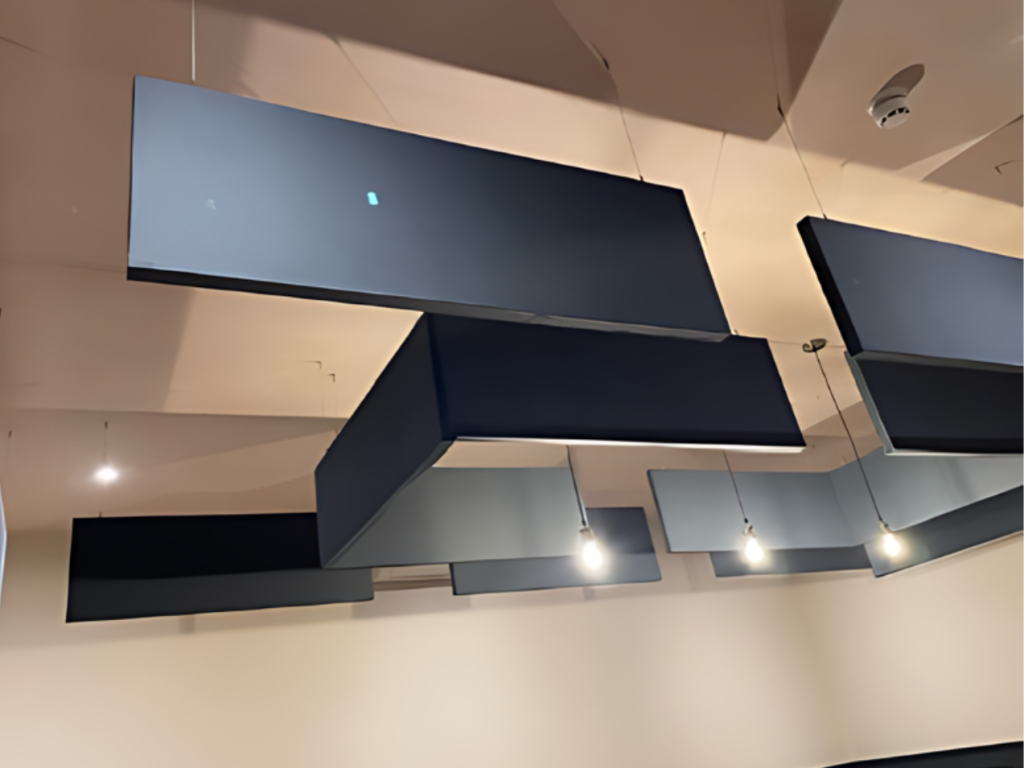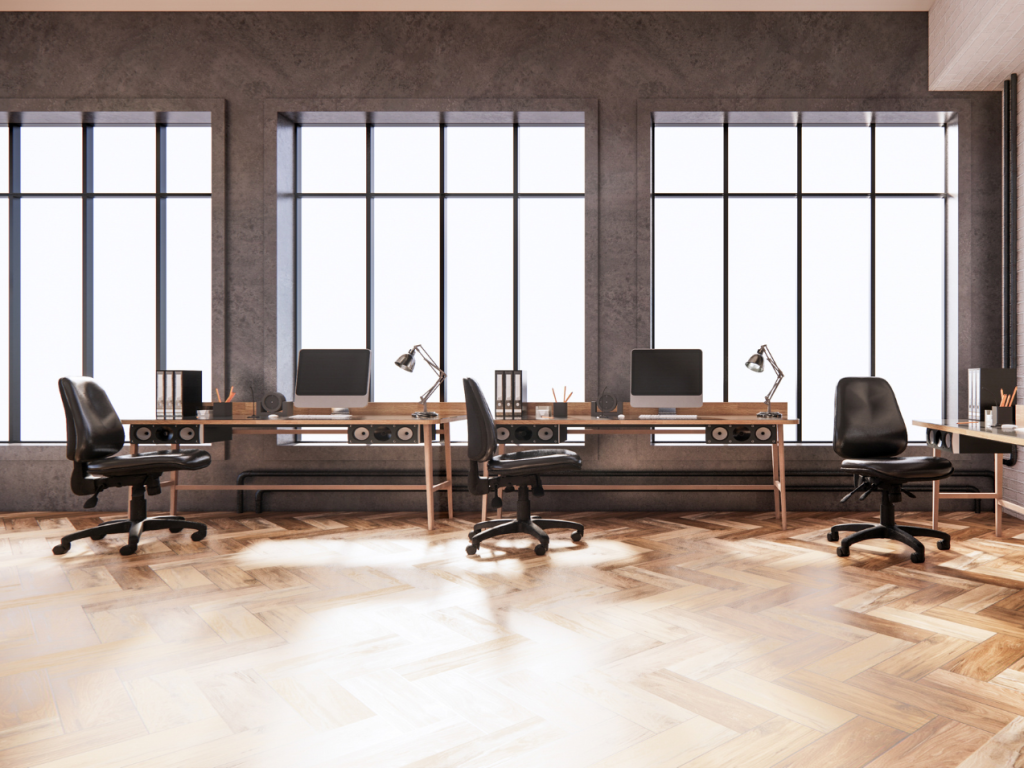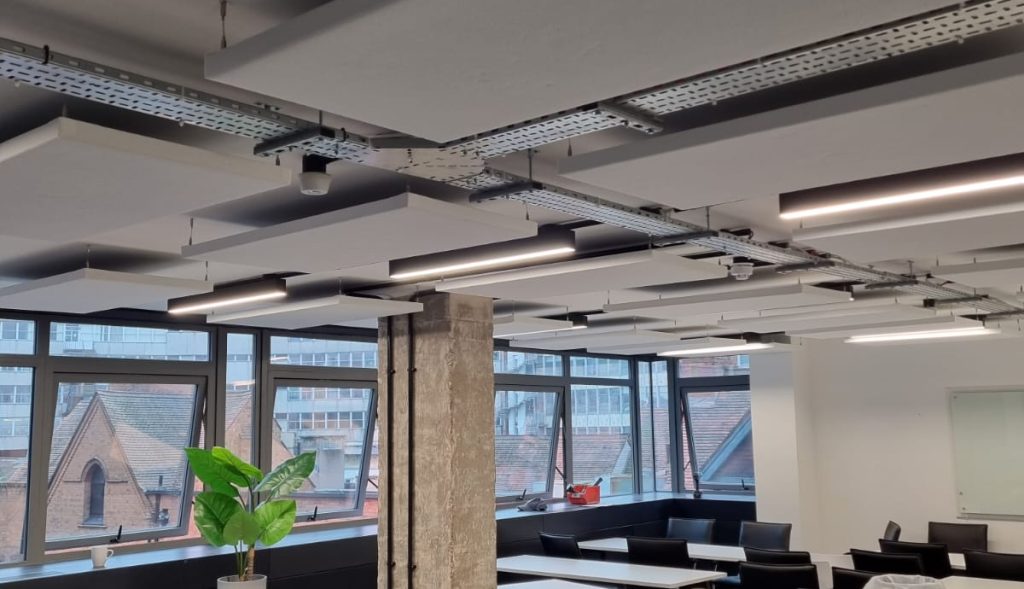How To Absorb Noise In A Classroom
Classroom disruptions can come in many different forms. For example, students who have difficulty hearing teachers speak can easily become distracted by noise, which can soon show in their behaviour and academic performance. Therefore, school acoustics must be controlled to increase children’s comfort and focus in class.
Children don’t need to make much noise individually to cause high acoustic levels in some room designs. In addition, sound waves are reflected on hard, flat surfaces, which means that the echo of sound waves can quickly become overwhelming, and noise will tend to spiral.
This post offers suggestions for managing and enhancing your school’s acoustics, whether you’re the head teacher, a school governor, or a classroom assistant.
Acoustic Ceiling
You might want to consider adding sound absorption to your ceiling to prevent noise from the upstairs classroom so it doesn’t affect the children. A significant area on the ceiling is available for installing an acoustic treatment to reduce noise in a classroom. Using ceiling panels can easily add an acoustic ceiling while remaining hidden.
Door Soundproofing
The classroom can easily pick up noise from students changing classes or strolling down the hallway. This is why soundproofing doors is a great way to keep sounds out of the classrooms to reduce children’s distractions from hearing their friends outside the classroom.
Doors may transmit sound; therefore, soundproofing is easy, and the difference is audible. In addition, door seals are positioned around the door, effectively protecting it from sound leaks. This keeps outside noise from distracting pupils still in a class by preventing sound from escaping through the air spaces around the door.
Acoustic Panels
Echoes are seen and recorded when sound panels are used in a classroom setting. Greater clarity of the original sound is recovered as background noise and crowd noise decrease. In addition, communication becomes easier as the classroom setting transforms into the healthy learning environment you desire. It all comes down to echo control, and acoustic panels will give you the desired results.
Include a Range of Furniture
When the floors are bare, bare rooms produce the worst noise in a space. In addition to fostering a child’s imagination, a variety of amusing and useful furniture pieces can assist in making rooms where sound can be absorbed or diverted rather than echoing and producing acoustic issues. For even greater sound absorption advantages, look for furniture with foam or fabric.
Use Acoustic Sealant
Your windows’ gaps or holes between them are a common source of sound leakage. By removing the window sealant and replacing it with a fresh, latex-based acoustic sealant, you may eliminate this source of noise pollution. In addition, the acoustic sealant aids in airflow obstruction and noise reduction from the outside.
If you want to reduce noise in a classroom, then contact us today!



